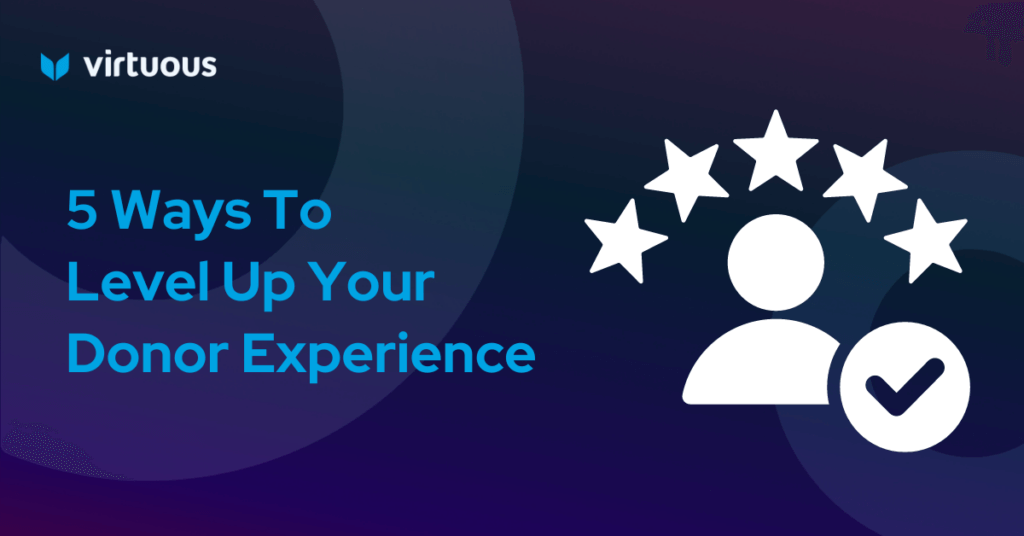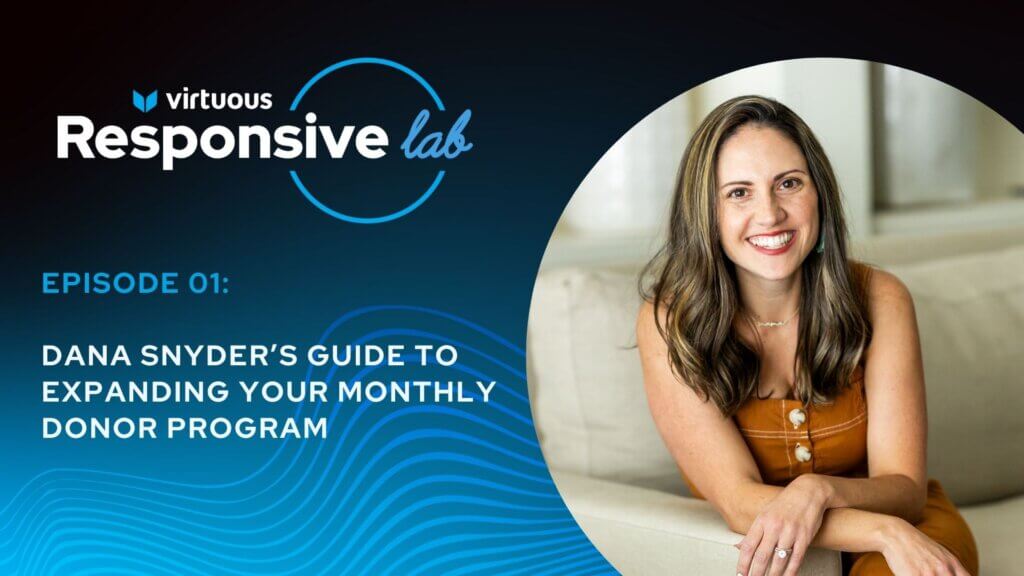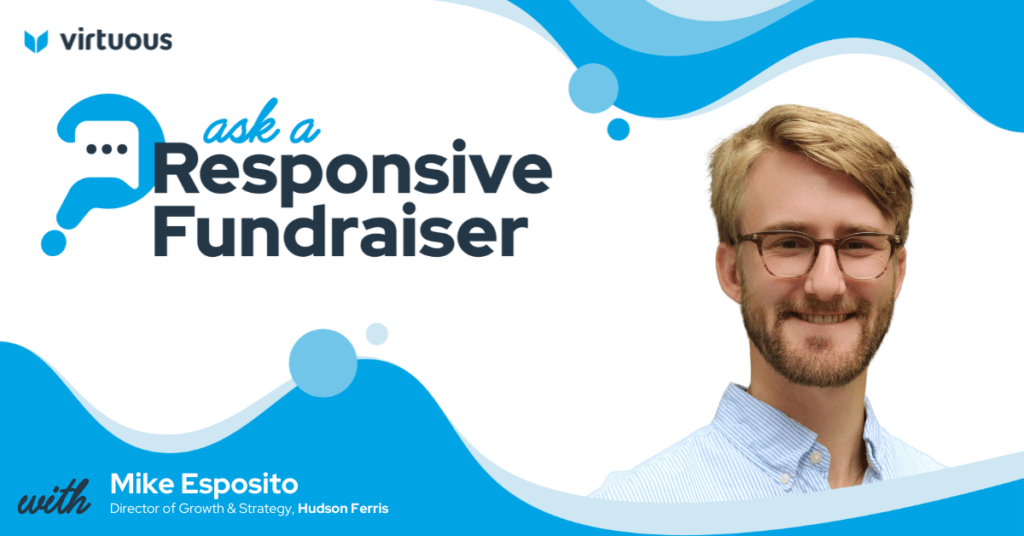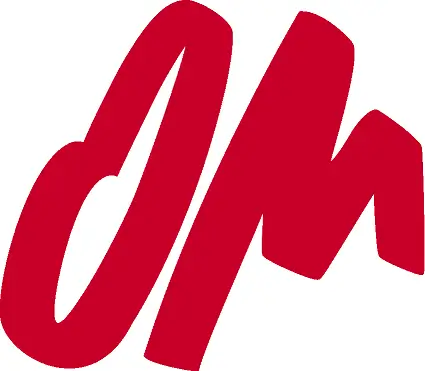Welcome back to Ask a Responsive Fundraiser! This week, Eric Wagstaff, Manager of Customer Implementation at Virtuous, and Rachel Specht, Manager of Customer Training at Virtuous, will answer your questions about switching CRMs and campaign management.
If you missed last week’s Ask a Responsive Fundraiser launch, read it here, and don’t forget to send us your questions on LinkedIn!
Let’s get started!
Dear Responsive Fundraiser: We are stuck on our legacy CRM until our contract is up. Can you give us any advice on retaining current records until we are fully able to switch?
—Leaving the Legacy CRM
Dear Leaving: If you can’t migrate to your new CRM for a while, fear not! There are actions you can take proactively to ensure you are prepared for your inevitable transition.
- Get familiar with the data in your current CRM. Knowledge of the data you will be migrating to another CRM in the future is crucial to a smooth transition. We suggest evaluating the health of your supporter and giving data, and taking note of any unique ways your organization tracks data, such as memberships and grants.
- Get familiar with your current CRM processes. Transitioning to a new CRM involves creating new and exciting processes. To successfully execute new processes, it’s essential to understand how you approach things today! We suggest reviewing your data import, accounting, and email marketing processes.
- Get excited about the switch. Even though you have to wait longer than expected to make your anticipated transition, keep the excitement up. Set a regular cadence with your internal team to discuss your upcoming migration, continue discussions with your new vendor about migration specifics and timing, and enroll in any public training/webinars hosted by your new CRM partner to build your foundational knowledge.
Dear Responsive Fundraiser: We are ready to change CRMs. How far in advance do you suggest starting to plan for break-up/transition?
—Breaking Up Is Hard to Do
Dear Breaking Up: You’ve already taken an important step in agreeing that a CRM change is necessary—congratulations! Now, the work (and fun) begins. We suggest planning for your transition a year in advance to ensure you have enough time to make thoughtful decisions about your move.
Some organizations move quicker, and some move a little slower, so it will, of course, depend on your organization’s unique needs and current projects in flight. Giving yourself at least a year allows you time to close up shop with your current CRM (and confirm your contractual timing obligations with them) and begin your planning process.
In addition to exploring the end of your relationship with your current CRM, you’ll want to consider each department’s aims and objectives and how they relate to your new technology, the budgetary implications of new software, and a robust vetting process of possible CRM partners.
Dear Responsive Fundraiser: Considering the logistics of multi-channel campaigns, how would you suggest implementing a robust tracking system to ensure comprehensive monitoring of our effort?
—Monitoring Metrics
Dear Monitoring Metrics: This is a great question highlighting the importance of defining, tracking, and measuring success in a campaign. You’ll need to ask yourself a few questions.
What are your goals? Have you done something similar in the past?
The first thing I would think about is goal-setting. My guess is you aren’t launching a multi-channel campaign just for fun; you’re working toward something. That something could be money raised (most likely), increased engagement, or a number of puppies adopted. In this case, let’s focus on fundraising.
There are all kinds of frameworks around goal setting (my personal favorite is SMART— Specific, Measurable, Achievable, Relevant, and Time-bound). So, with that in mind:
- What is your goal around? The campaign overall? A specific channel in a campaign? A specific segment of a communication? All of the above? Knowing this is part of visualizing the reporting tools and data infrastructure needed to provide insights into your progress.
- Do you have data on previous campaigns? This can help you determine realistic goals. So, make a data-driven decision about what numbers you’re working toward.
- All good things must come to an end, including a multi-channel campaign. It takes time to raise money, but it takes money to use more time. Establish a reasonable end date for your campaign as an indicator to begin evaluation of progress toward your goal(s).
What data points contribute to that summary that can be tracked?
If your campaign’s goal is to raise money, how are you tracking donations as a whole? Do you have the ability to track the source of giving? Follow the journey of that data point to know where it can land in your CRM.
When working in a CRM, there are often fields specifically for tracking the source of donations.
For example, you can add a Segment Code to a Gift in Virtuous. Then, through various reporting approaches, the user can identify all Gifts with a certain Segment Code and ultimately group various Segment Codes into one Campaign. This brings you actual numbers that point to progress toward your goals.
A solid knowledge base of gift source infrastructure (like Campaigns in Virtuous) and reporting in your CRM will help you determine the specifics along the way. Develop a coding system to help your team identify what is related to which communication (e.g., How are you coding donations from donors who send a check with the tear-off slip from your mailer? How are you coding donations from donors who clicked a button in your email?)
But wait. How do you connect the actual communication, like an email or letter, with the data point to determine the source of giving?
This is where those codes come into play—subtly, of course.
The key is to ensure the code follows the gift. Just like following the journey of the gift source code to your CRM’s reporting structure, you’ll need to follow (or create!) the journey of the actual cash in hand to your CRM.
For example:
- Direct mail → Organization’s Development Coordinator → Entry in CRM
- Email → Online Giving Page → Entry in CRM (via integration or manually)
You can determine how the code also follows when you follow the pathway. Let’s build on these examples:
- Direct mail → Organization’s Development Coordinator → Entry in CRM
- Add code (reflecting that this came from direct mail) to the tear-off device on the letter so the Development Coordinator can see it when entering the check.
- Email → Online Giving Page → Entry in CRM (through integration or manually)
- Set a code (reflecting that this came from an email) for the online giving page to be pulled once it is in the CRM or entered into the CRM.
- Social Media → Online Giving Page → Entry in CRM (through integration or manually)
- Same as Email above!
Build your reports
Use a robust reporting tool to visualize progress toward your campaign goals. Consider building a report that pulls in donation totals by campaign and allows you to drill down to the source—like direct mail, email, and social media!
This means using parameters based on those codes you built to identify gifts that have them and can be organized into each category.
Put it together: Walking through an example
Let’s say my multi-channel campaign consists of 3 channels:
- Direct mail
- Social Media
How specific am I getting on those channels? Well, let’s break it down even further:
- Direct mail: We’ll have one letter go out, but have it modified to have different language for Donors than Nondonors.
- Email: We’ll have one email go out to people who have not responded to our letter.
- Social Media: We’ll cross-post on two different social media platforms.
Now that we know the specifics, we can assign codes:
- Direct mail
- Version 1 (Donors): MC2024DM1
- Version 2 (Nondonors): MC2024DM2
- Email
- Email 1: MC2024EM
- Social Media
- Social media platform 1 post 1: MC2024FB
- Social media platform 2 post 1: MC2024IG
Let’s review the journeys these codes can follow:
- Direct mail → Organization’s Development Coordinator → Entry in CRM
- Add MC2024DM1 to Version 1’s tear-off slip to be sent with a check to the DC to enter in the CRM
- Add MC2024DM2 to Version 2’s tear-off slip to be sent with a check to the DC to enter in the CRM
- Email → Online Giving Page → Entry in CRM (through integration or manually)
- Add MC2024EM as a code to the Online Giving Page, either directly on the Page or by passing this value through a customized URL. Take the URL of the Online Giving Page with the code and add it to a “Donate Now” button on the email. This will ensure that when a donor donates through that specific giving page, that code will be attached to the gift (without them even knowing!).
- Social Media → Online Giving Page → Entry in CRM (through integration or manually)
- Same as above, but by incorporating that special URL in the social media posts.
This eliminates a lot of the guesswork for your data entry staff (having done this work myself, I thank you!).
Now, after all the data is entered, you can use the report(s) you build to find:
- How many gifts and how many dollars came from:
- Direct mail
- Version 1 (Donors): MC2024DM1
- Version 2 (Nondonors): MC2024DM2
- Email
- Email 1: MC2024EM
- Social Media
- Social media platform 1 post 1: MC2024FB
- Social media platform 2 post 1: MC2024IG
- The gift count and total amount are across ALL of these channels!
I know—it’s a lot to take in. But understanding your goals and creating detailed journeys will help you track the success of your campaign!





